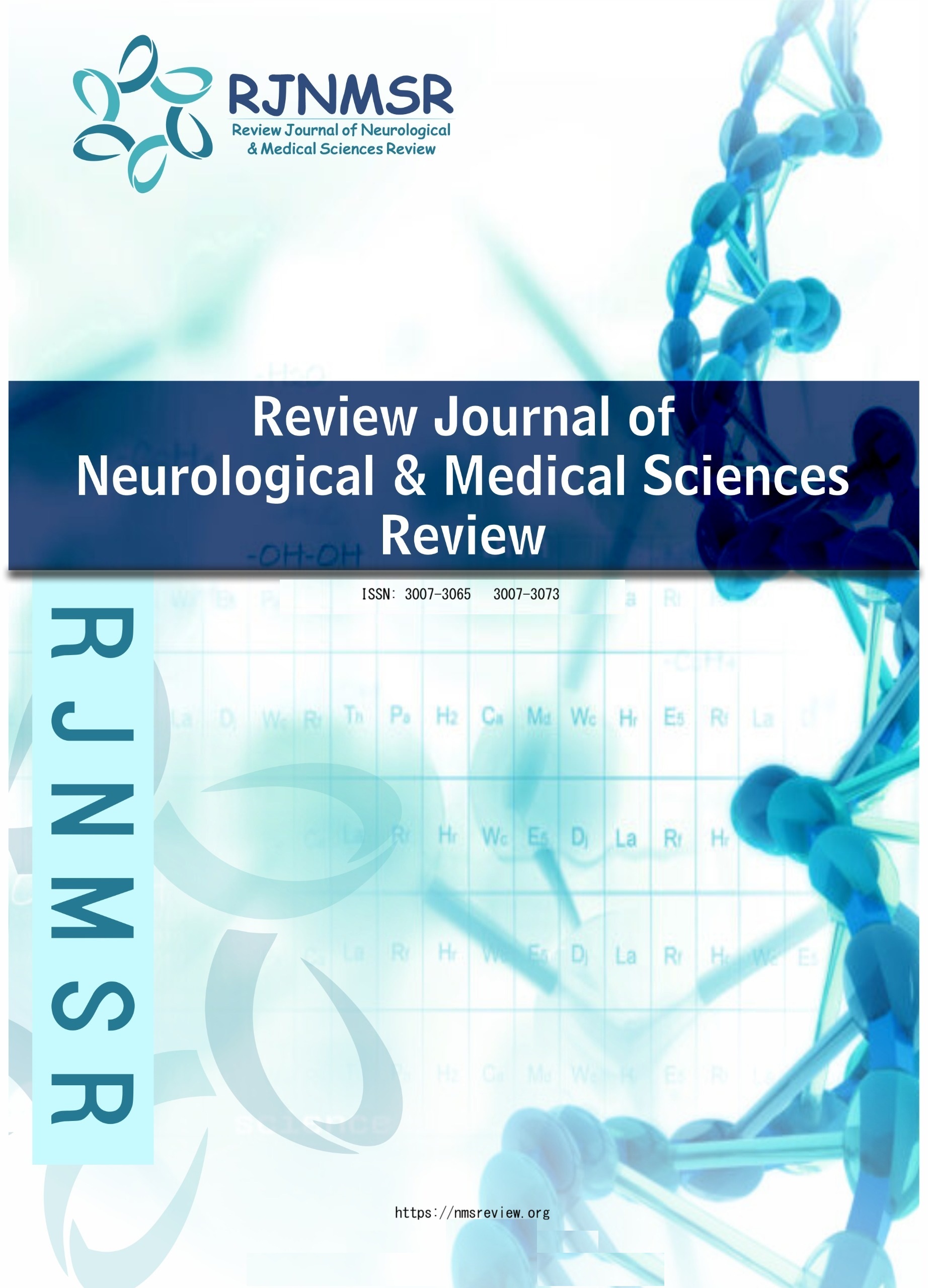A CROSS-SECTIONAL STUDY ON THE ASSOCIATION BETWEEN MATERNAL CONSUMPTION OF SUGAR-SWEETENED BEVERAGES AND ADVERSE BIRTH OUTCOMES
DOI:
https://doi.org/10.63075/x2bhzt66Keywords:
Sugar-sweetened beverages, maternal nutrition, low birth weight, preterm birth, PakistanAbstract
Background: Maternal consumption of sugar-sweetened beverages (SSBs) is a prevalent dietary habit, yet its specific impact on birth outcomes in vulnerable populations remains inadequately explored. This study investigated the association between SSB intake and adverse birth outcomes at a tertiary care hospitals in Karachi, Pakistan. Methods: A hospital-based cross-sectional study was conducted with 80 pregnant women. Data on SSB consumption and sociodemographics were collected via a structured questionnaire from Sohail University, Insaf Medical Complex and Diagnostic Lab, Jinnah Medical and dental hospital and Karachi Medical and Dental College (KMU), Abbasi Shaheed Hospital. The birth outcomes were extracted from medical records. Logistic regression was used to determine associations, calculating adjusted odds ratios (AORs) and p-values (<0.05 significant). Results: The cohort was predominantly young, of low socioeconomic status, and with high (77.5%) moderate-to-high SSB consumption. High SSB intake was significantly associated with increased odds of low birth weight (AOR=2.32, p=0.036) and preterm birth (AOR=2.32, p=0.036). No significant association was found between SSB consumption and stillbirth (AOR=1.07, p=0.859). Conclusion: Maternal SSB consumption is a significant, modifiable risk factor for low birth weight and preterm birth in this setting. Public health initiatives and antenatal counseling should emphasize limiting SSB intake to improve perinatal health. Further longitudinal studies are recommended to confirm causality.Downloads
Published
2025-10-16
Issue
Section
Articles
How to Cite
A CROSS-SECTIONAL STUDY ON THE ASSOCIATION BETWEEN MATERNAL CONSUMPTION OF SUGAR-SWEETENED BEVERAGES AND ADVERSE BIRTH OUTCOMES. (2025). Review Journal of Neurological & Medical Sciences Review, 3(6), 105-109. https://doi.org/10.63075/x2bhzt66

